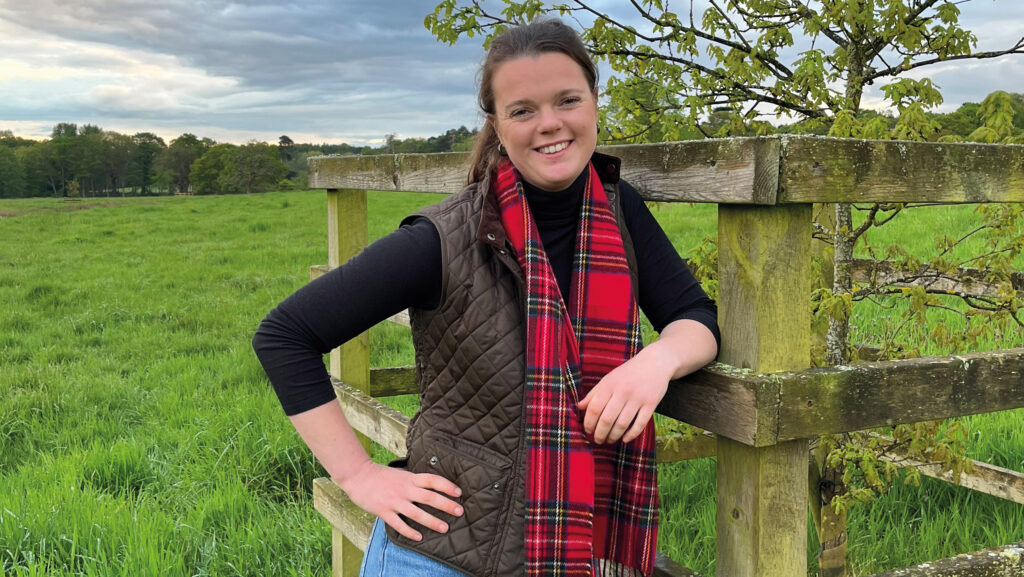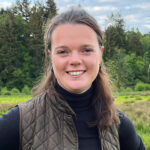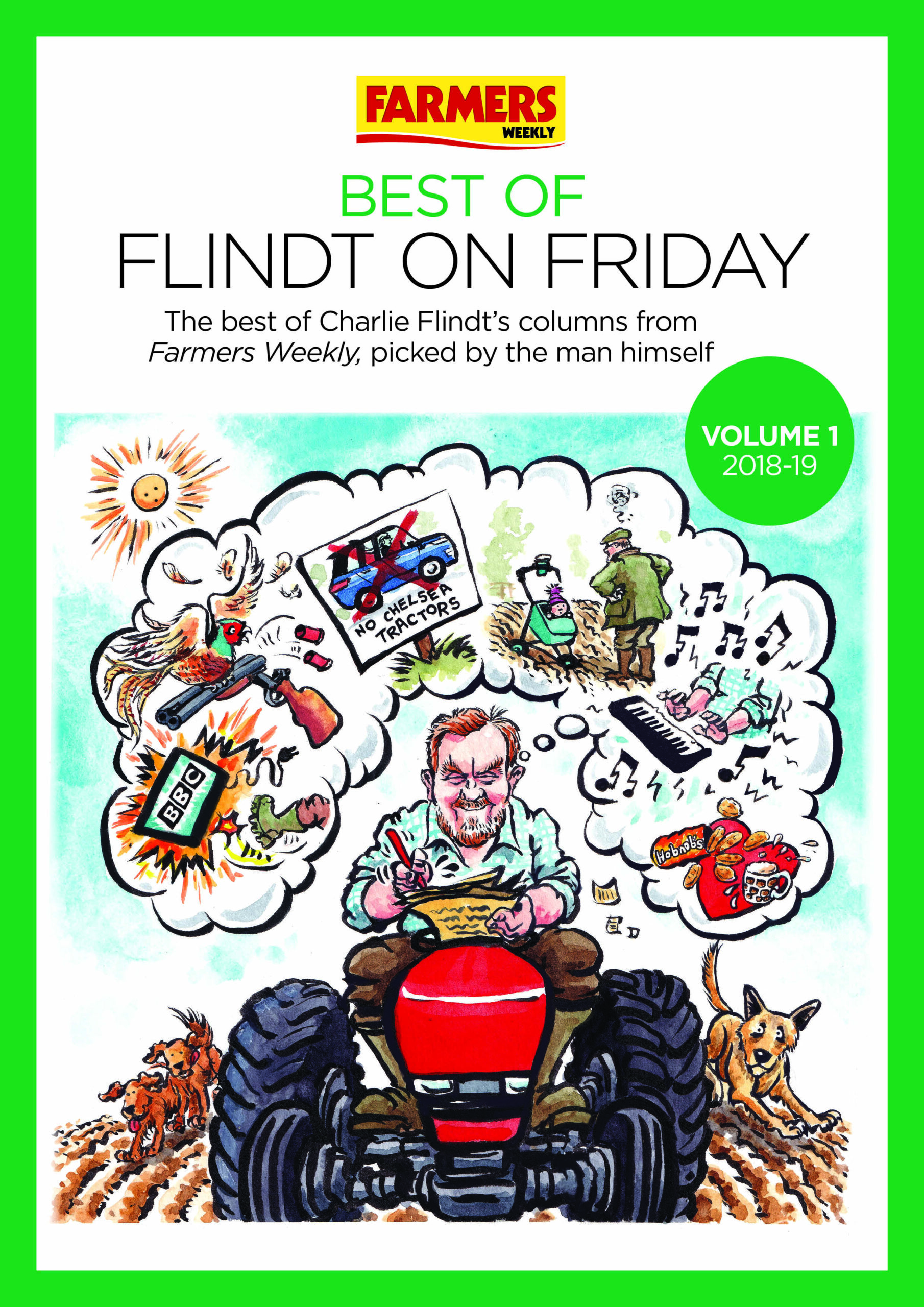Molly Biddell: Learning to love a messier countryside
 © Supplied by Molly Biddell
© Supplied by Molly Biddell What comes to mind when you think of the British countryside?
Usually some pretty bucolic images of patchwork fields, rolling hills, miles of hedgerow and pockets of woodland.
I always nab window seats on train journeys, purely so I can gaze out over a haze of “green and pleasant land”.
See also: Molly Biddell – every farmer needs an ecologist
However, as I spend more time with incredible ecologists and landscape experts, I’m learning to view land through a new lens, re-seeing the countryside and questioning what “good” should look like.
On the farm at home, we have become big advocates of No Mow May, June, July, August and September.
Reducing our topping saves us time and diesel. It also supports water retention, pollination, and biodiversity (proven by swoops of insect-guzzling swallows and clouds of butterflies).
Cutting down on the mower, combined with our regenerative mob-grazing system has, however, raised a few eyebrows as our pastures look rougher and less kempt.
At Knepp, we are famous for our wildland, our successional lowland scrub habitat.
The landscape can be confrontational, it’s not one that we have much of left in the UK and it doesn’t fit into our image of the pristine.
But once you understand the numbers of nightingale and turtle dove that depend upon it, it becomes truly magical.
It’s exciting that the wilder aesthetic is starting to catch on – local authorities and churches are embracing unmown verges and graveyards.
Even golf courses are starting to see the rough as wildlife corridors rather than just inconvenient places to lose golf balls.
For so long, nature has been something we control and obsessively “tidy up”. Society’s aesthetic preference has been set at neat and gardened.
But now that biodiversity is on the brink, we’ve realised we’ve done too much tidying.
We’re rethinking our relationship with nature and shifting our image of ecologically resilient landscapes.
Yes, giving nature more space to function can look “messy”.
However, once we realise how much carbon that mess sequesters, how many species it supports, or how much water it cleans and holds, nature’s mess becomes beautiful, and we all need to learn to love it.


